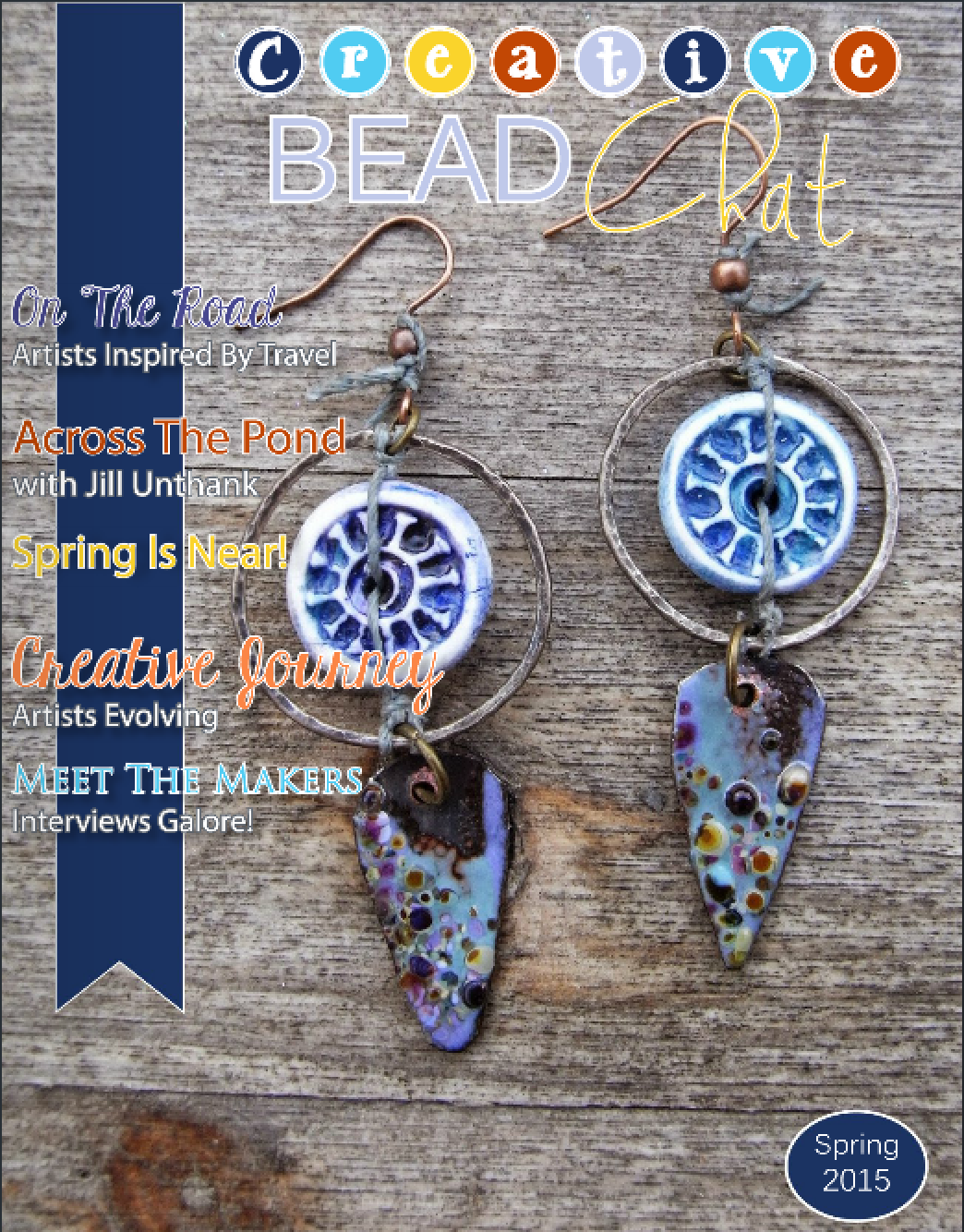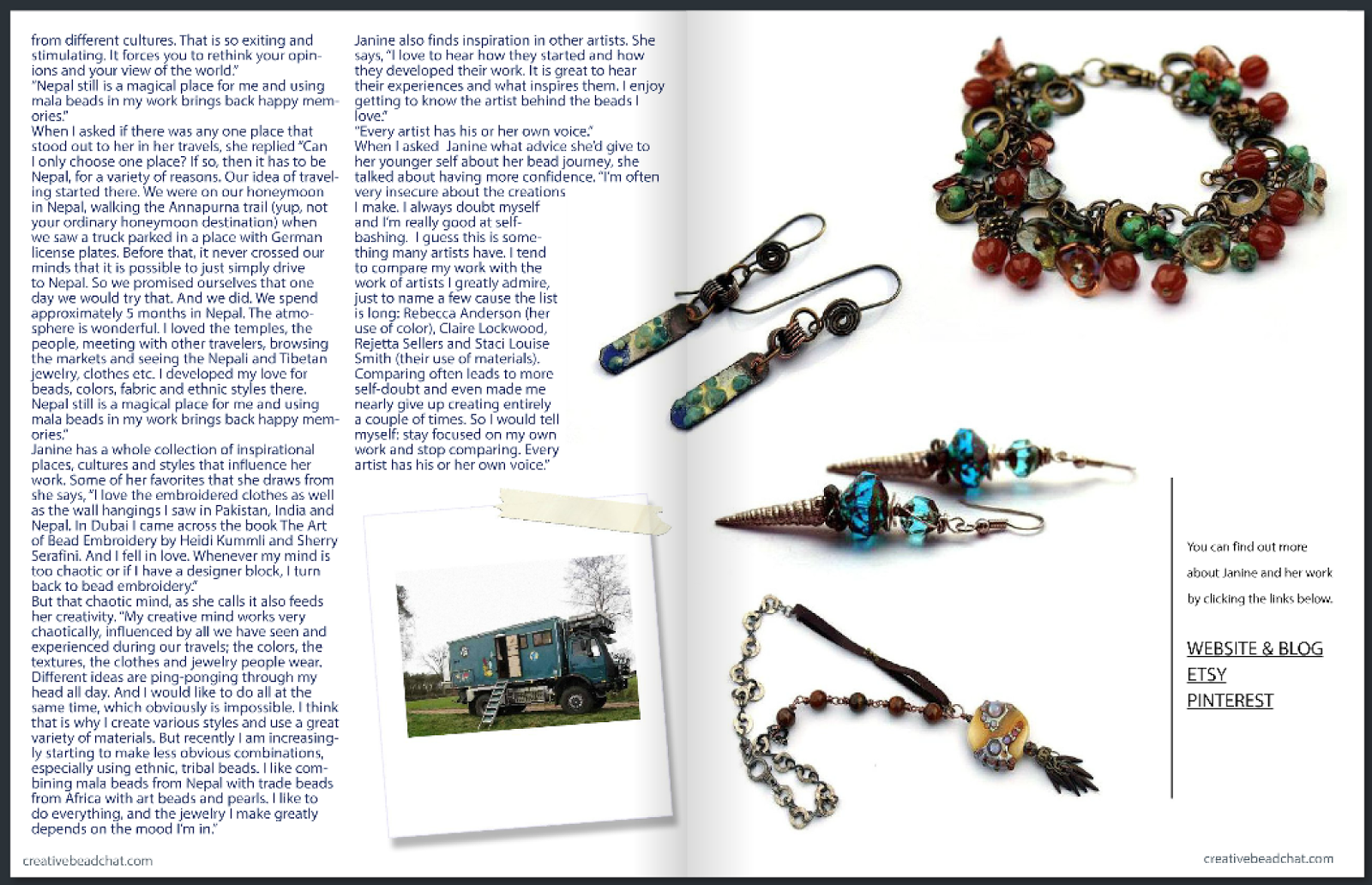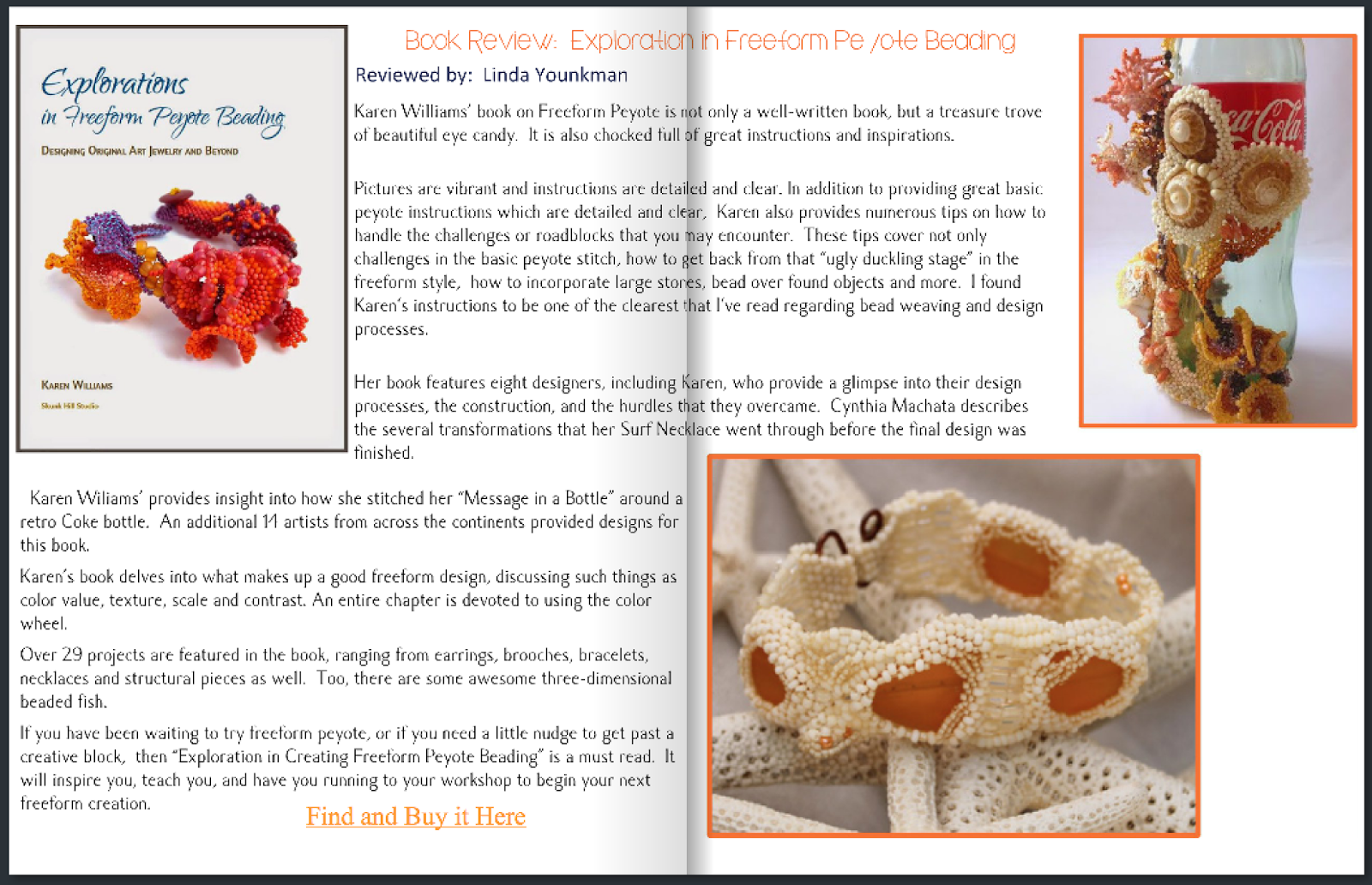 |
| Mary's family photo of the veil she created for her daughter |
She promised to send some additional pictures that evening.
 While these photos would likely be fine for personal use, there was no way I could use them in my book. Mary's greatest concern was that I wouldn't be interested in her work because this was a 'beginner' piece. That concerned me far less than the issues with the fuzzy carpet and the yellow color cast (not to mention file size, slight blurriness and image resolution issues).
While these photos would likely be fine for personal use, there was no way I could use them in my book. Mary's greatest concern was that I wouldn't be interested in her work because this was a 'beginner' piece. That concerned me far less than the issues with the fuzzy carpet and the yellow color cast (not to mention file size, slight blurriness and image resolution issues). I liked that it was a wonderfully approachable example of 'thinking outside the box' in terms of what you can use bead weaving for. Beyond that, it was one of only a couple of submissions I'd received that were stitched along the width (a less common technique than stitching along the length).
At this point I knew that I wanted to include Mary's veil, but couldn't use the photos I'd received.
A side note here; I'm not a major publisher, with a streamlined submission process receiving hundreds of submissions. Rather, I see myself as first and foremost an advocate for freeform peyote and for the other artists working in the field. So I put on my thinking cap to come up with ways I could help her improve her photography.
After a morning's research, I put together my next email. I'm including the text here so you can see my process:
"I need high quality shots of your bead work on a completely neutral or complimentary background. By complimentary, I mean something that seems to fit with the idea of First Holy Communion (think white, gold, soft lace, old prayer books, etc.) Alternately, you could take the shots on a live model, or even a larger doll if you wanted, but be careful of the backgrounds even then.
I just did a little research on Etsy, and here's a shop that might give you some ideas:
 |
| Made4YouBoutique uses large dolls to showcase their headbands |
Made4YouBoutique, This listing shows a nice example of using a large doll as a model.
I really like the background in this listing. The background is in such soft focus it becomes simply a color wash, but you'd need to make sure the beads are in crisp focus. This is a depth of field issue, if your niece is a camera aficionado.
In this listing, I like the headband shown against the decorative paper backgrounds. A trick I've learned when using decorative paper as a background - it the print seems too strong for a background, cover it with a layer or two of tissue to soften it. Does that make sense? I am not as fond of the wood backgrounds as they don't seem to say anything about the piece.
 |
| ButterCreamDolls spectacular photography makes me wish I had a little girl to buy for |
Here's a shot from a different store (ButterCreamDolls), on a real little girl.
 |
| I couldn't find the shop name when I went back while writing this post |
I highly recommend using Etsy, Pinterest or other sites heavy on photography to get ideas for how to set up your photo shoots. Look at background, lighting, how they display their items and which seem most appealing to you.
I'd like both some closeup (detail) shots, and a shot or two from a greater distance showing more of the veil and giving me room to crop the photo as necessary to fit my page layout. Because the focus here is your freeform, the flower at the back of the veil isn't as important, but it's nice to see some portion of the veil itself to make it clear what it is."
Mary promised me new photos. A couple of weeks later, these are what I received:
 |
| photography by Shauna Ploeger, Photography Du Jour |
 |
| photography by Shauna Ploeger, Photography Du Jour |
 |
| photography by Shauna Ploeger, Photography Du Jour |
If you choose to use a professional photography, make sure that they know how you plan to use the photos! It is very important that you get the proper licensing if you plan to submit photographs for possible publication. As a publisher, I need to be able to use the images in a variety of ways, and I need to not have to worry about photographers becoming understandably irate over unauthorized usage of their work.
My artist agreement contract states that "Artist grants Author a non-exclusive, non-transferrable license to use the photographic representations of the Artist’s Work(s) provided by the Artist, in print and digital formats in relation to the publication of Explorations in Freeform Peyote Beading, referred to hereafter as the Book, including publicity and promotional materials including but not limited to websites, press releases, blog posts, posters, point of sale displays, postcards, etc. related to the book." This is a fairly standard publishing clause. When working with a professional photographer, make sure you have the license necessary to grant these permissions. Get it in writing. You may have to pay more for this license.
Whether you plan to photograph your work yourself, or hire someone to do so, researching background and display options will give you a better understanding of what you'd like the final photographic product to look like. Back when I worked as a gallery owner, an artist once commented that his slides were more important than his actual work, because the slides were what he'd be judged on for shows, grants and almost all other professional opportunities. That shocked me at the time, but I'm coming to understand what he meant. The photographic records of your work can be almost as important as the works themselves, depending upon what you hope to do.
As solo artists, we wear so many hats! Artist, photographer, personal publicity manager - each with its separate set of skills and proficiencies.
.JPG)










